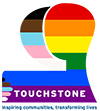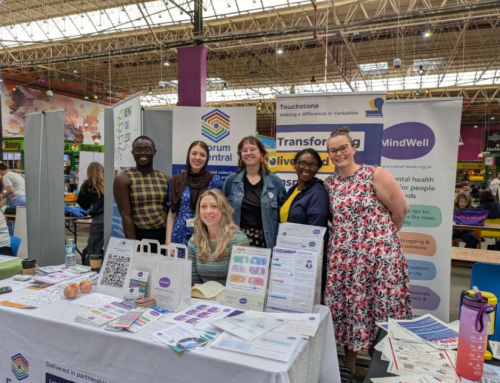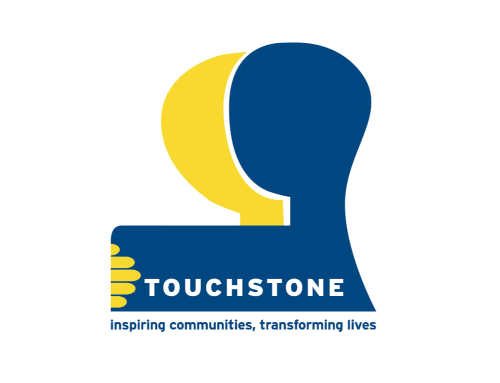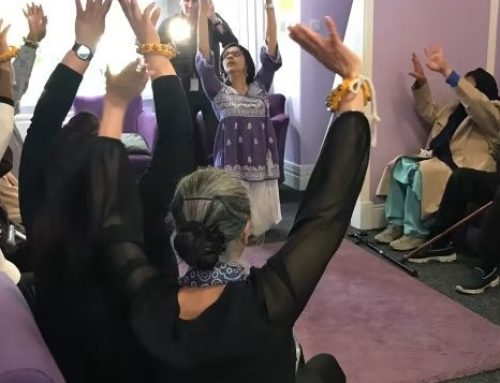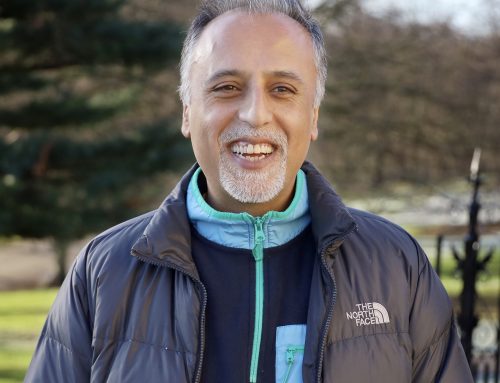Why the 16 Days of Action?
The 16 Days of Action run from 25 November to 10 December, overlapping the following events to highlight the connection between human rights and domestic violence:
International Human Rights Defenders Day (29 November)
World Aids Day (1 December)
The anniversary of the Montreal École Polytechnique Massacre (6 December).
Did You Know?
25% of women are affected by domestic violence during their adult lifetimes
16% of men are affected by domestic violence during their adult lifetimes
75% of people who endure domestic violence are targeted at work
58% of abused women miss at least three days of work a month
Benefits to Public Health
Domestic violence can have a devastating and long term effect on a survivor’s mental health. It is probably the most prevalent cause of depression in women, and can result in self-harm, suicide and Post Traumatic Stress Disorder. Children who live with domestic violence are at an increased risk of behavioural problems, emotional trauma and mental health difficulties in adult life. The workplace offers the opportunity for survivors to seek help and to signpost to support and protection.
Benefits to Employers/Employees
75% of domestic abuse victims are targeted at work, from harassing phone calls/text messages/emails, to abusive partners arriving at the workplace, often leading to physical assault or homicide. A supportive work environment can give employees the opportunity to seek the help they need and maintain employment.
At a fundamental level employers have a responsibility to support and protect their employees. However there is also a cost to companies in terms of paying for sickness absence, retention of top talent, loss of productivity and stress in the workplace. 53% of people affected by domestic abuse are absent from work at least 3 days per month, and 56% of abused women arrive late for work at least 5 times per month.
History of the White Ribbon Campaign
The White Ribbon Campaign (WRC) is a global movement of men and boys working to end male violence against women and girls.
It was formed after three sisters, Patria, Maria Teresa and Minerva Mirabel (political activists in the Dominican Republic) were assassinated in a ‘car accident’.
They were killed for their involvement in efforts to overthrow the fascist government of Rafael Trujillo.
The Mirabel sisters quickly became symbols of dignity and inspiration. Their lives raised the spirits of all those they encountered and later, after their death, not only those in the Dominican Republic but others around the world.
How The White Ribbon Campaign Has Grown
July 1981
Women from across Latin America came together in Columbia. Appalled by the extent and diversity of violence against women, they agreed to hold an annual day of protest, and they decided to adopt 25th November as the date for this International Day Against Violence Against Women in memory of the Mirabel sisters.
1991
The first White Ribbon Campaign was launched by a group of men in Canada after the brutal mass shooting of 14 female students at the University of Montreal.
1996
In South Africa the National Network on Violence Against Women launched their own White Ribbon Campaign and many South African women’s groups quickly adopted the White Ribbon symbol.
1998
WOMANKIND launched the first White Ribbon Day in the UK.
1999
The UN officially recognised 25th November as International Day for the Elimination of Violence Against Women. The White Ribbon is a symbol of hope for a world where women and girls can live free from the fear of violence. Wearing the ribbon is about challenging the acceptability of violence – by getting men involved, helping women to break the silence and encouraging everyone to come together to build a better world for all.
